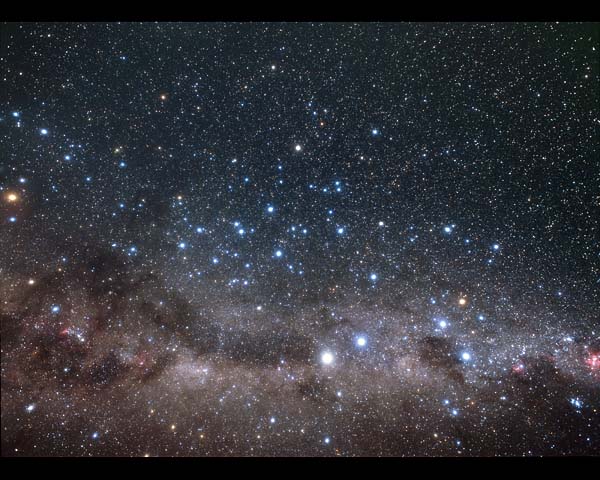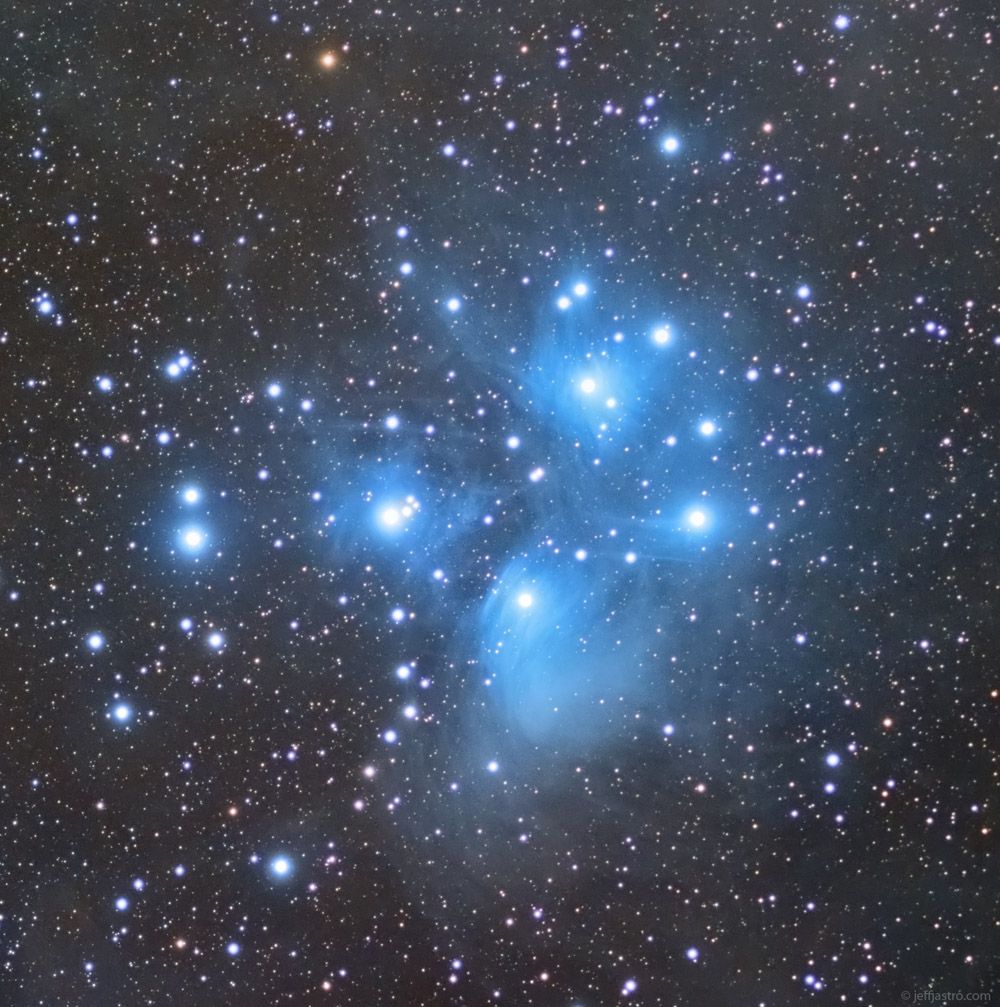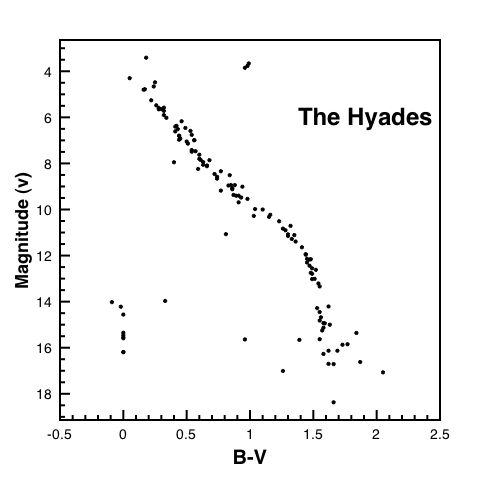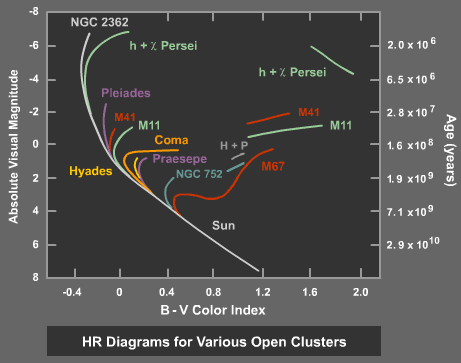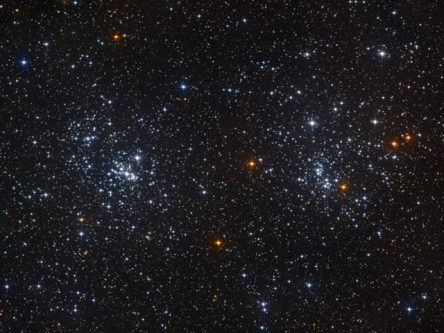johnnydeep wrote: ↑Thu Mar 30, 2023 8:23 pm
So is the "dark doodad" just the visibly darker part of the longer arc? And does the entire "musca molecular cloud" consist of that plus all the other lighter colored dust regions visible here? None of the links made that clear to me.
Let's take the second question first. Yes, all the dust bunnies you can see in the Musca region, as well as the Dark Doodad itself, are certainly part of the Musca molecular cloud.
To answer the second question, I'd like to draw your attention to the Sco-Cen association of mostly B-type stars:
In this picture, you can see the very orange Antares at far left (at "9.30 o'clock") and the very pink Carina Nebula at far right (at 5 o'clock). The disk of the Milky Way, slightly brownish in color, runs along the lower part of the image. The brightest star in the picture, very white in color, is Alpha Centauri. To the upper right of Alpha Centauri is Beta Centauri, and to the right of Beta Centauri is Crux, the Southern Cross. Just to the left (east) of Crux is the dark nebula known as the Coalsack. And just below the Coalsack is Alpha and Beta Musca.
Please note the "river" of blue stars that seem to float above the disk of the Milky Way. These stars all belong to the Sco-Cen association of stars. An association is larger and more spread out than a cluster, and the stars were not necessarily born at the same time.
But they are definitely related.
Here is another of my points. All these stars of the Sco-Cen association must have been born from a large dust cloud. This dust must be at more or less the same distance from us as the stars that were born from it. I'd argue that the Coalsack is a remnant of the dust cloud that gave birth to the two brightest stars of Crux. It wouldn't surprise me at all if the long and upward-curving dust lane to the left of Alpha Centauri is a remnant of the dust cloud that gave birth to other stars of the Sco-Cen association.
Here's my point. All these stars (except Alpha Centauri and orange Gacrux at the top of Crux, but including Antares) were born at
more or less the same time, and they are at
more of less the same distance from us, some ~400 light years away.
And Alpha and Beta Musca are part of the Sco-Cen association.
Now let's consider the Dark Doodad and its possible connection to Alpha and Beta Musca.
Can you see that the Dark Doodad seems to "spread out" and then end at the position of Alpha Musca? The dust lane then resumes some distance away from Alpha Musca. Near Beta Musca, the dust lane curves into an arc.
This is what I think. The Dark Doodad is at the same distance from us as Alpha and Beta Musca. Not only that, but Alpha and Beta Musca were born from the cloud whose main remnant is the Dark Doodad.
I think that the Dark Doodad dust lane ends at Alpha Musca, because not only was Alpha Musca born from it, but Alpha is sufficiently powerful to blow the remaining gas and dust around it away. And the dust lane curves away at Beta Musca, because Beta is not quite as powerful as Alpha, but powerful enough to blow the dust near it into an arc.
But the other end of the Dark Doodad has also been "blown into an arc". Why is that?
Well, how about the influence of Gamma Musca? Gamma is less powerful than Alpha and Beta Musca, but probably powerful enough to blow the "back end" of the Dark Doodad into an arc. Gamma, of course, must also have been born from the dust cloud whose present-day remnant is the Dark Doodad.
I'd say that we are seeing the glory of starbirth as well as the messy bits of the remnants of starbirth in constellation Musca.
Ann
 NGC 4372 and the Dark Doodad
NGC 4372 and the Dark Doodad